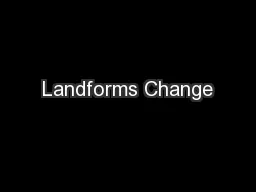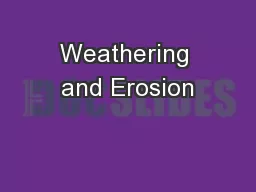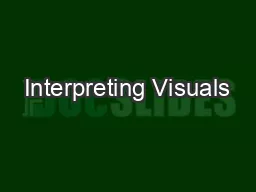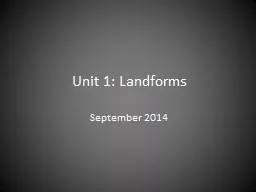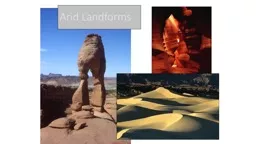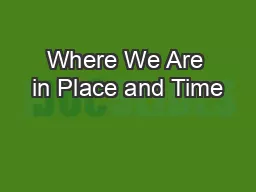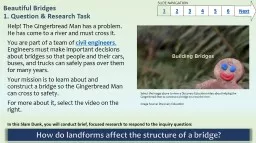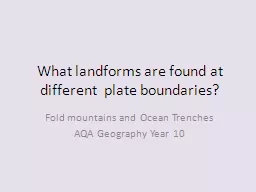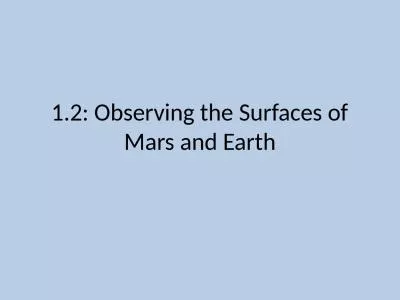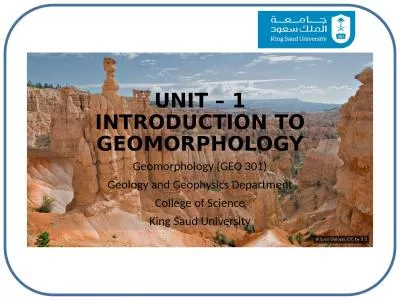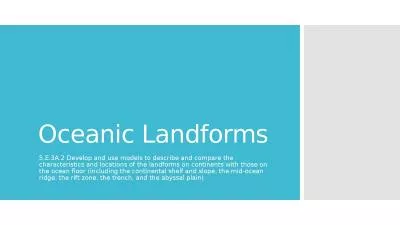PPT-Landforms Change
Author : tatiana-dople | Published Date : 2017-10-25
Due to Forces inside the Earth And Forces outside the Earth LANDFORMS ASSOCIATED WITH PLATE BOUNDARY ACTIVITY Forces Inside the Earth FOLD MOUNTAINS upland areas
Presentation Embed Code
Download Presentation
Download Presentation The PPT/PDF document "Landforms Change" is the property of its rightful owner. Permission is granted to download and print the materials on this website for personal, non-commercial use only, and to display it on your personal computer provided you do not modify the materials and that you retain all copyright notices contained in the materials. By downloading content from our website, you accept the terms of this agreement.
Landforms Change: Transcript
Download Rules Of Document
"Landforms Change"The content belongs to its owner. You may download and print it for personal use, without modification, and keep all copyright notices. By downloading, you agree to these terms.
Related Documents

